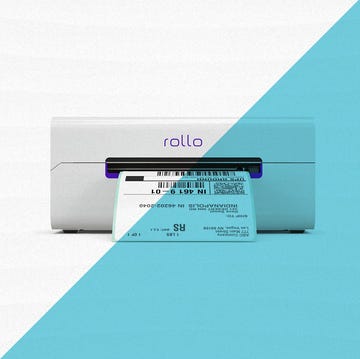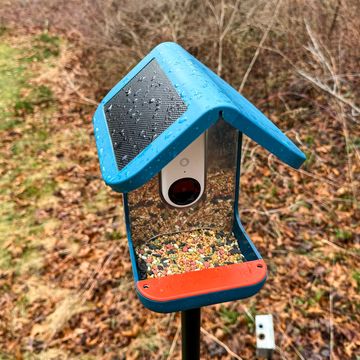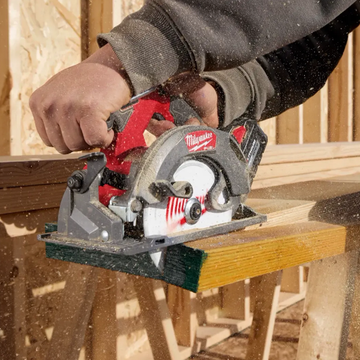Some of the innovations that emerged out of World War II are well-documented, ranging from the microwave to the atomic bomb. But there's one small tool whose WW2 heritage is lesser-known: superglue.
Superglue was first developed by scientists at Eastman Kodak who were trying to design gun sights for the military after they found that some of their failed attempts had other useful properties.
While the adhesive has become known for fixing pottery and clothing, during the Vietnam War, it became life saving. "If somebody had a chest wound or open wound that was bleeding," inventor Harry Coover once told the Kingsport Times-News, "the biggest problem they had was stopping the bleeding so they could get the patient back to the hospital. And the consequence was—many of them bled to death. So the medics used the spray, stopped the bleeding, and were able to get the wounded back to the base hospital. And many, many lives were saved."
While Coover had every right to be proud of the lives that helped to saved, it speaks to the dire needs of field medics that they were using a substance unapproved by the FDA. Early superglue compounds could cause skin irritation, which could develop into a serious problem when dealing with an open wound. Later, versions of the compound designed specifically to deal with human skin were developed.
Given a National Medal of Technology and Innovation by President Obama, Coover held over 460 patents when he died in 2012, but kept a special place in his heart for his most famous invention. "I think he got a kick out of being Mr. Super Glue," his daughter, Dr. Melinda Coover Paul, told the New York Times for his obituary. "Who doesn't love Super Glue?"
Source: Ted-ED
David Grossman is a staff writer for PopularMechanics.com. He's previously written for The Verge, Rolling Stone, The New Republic and several other publications. He's based out of Brooklyn.













